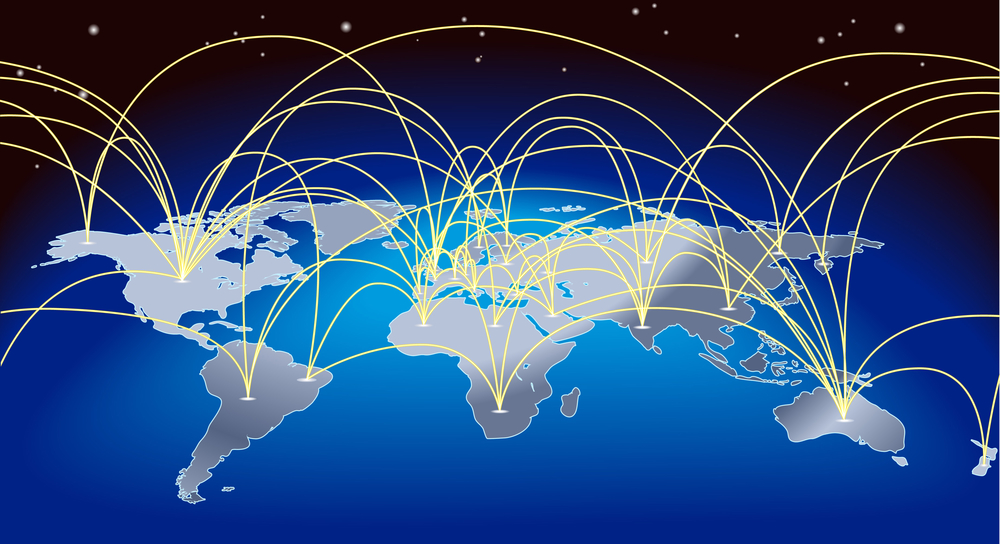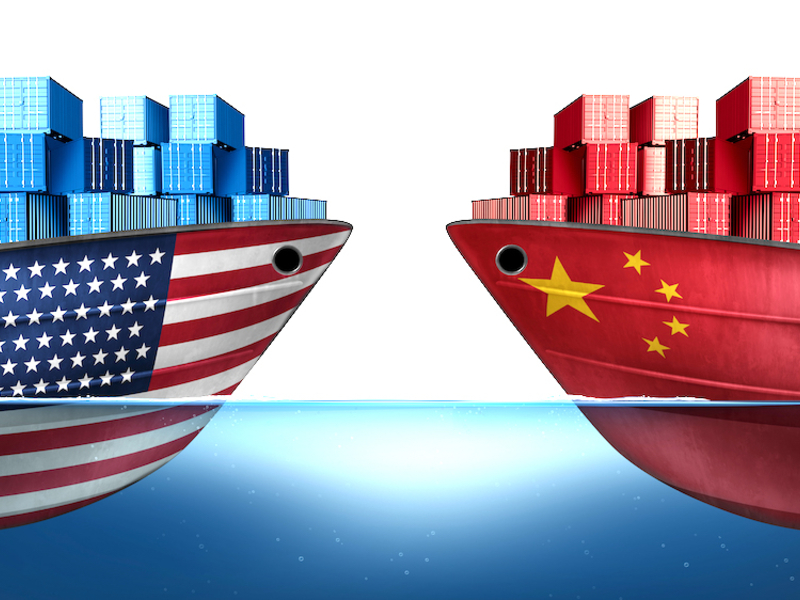 The international trade landscape is experiencing seismic shifts as countries reevaluate their economic relationships and trade policies. Recent changes, such as the imposition of new tariffs and the negotiation of trade agreements, have far-reaching implications for global markets. In this article, we delve into the dynamics of this global trade reset and explore the consequences for economies worldwide.
The international trade landscape is experiencing seismic shifts as countries reevaluate their economic relationships and trade policies. Recent changes, such as the imposition of new tariffs and the negotiation of trade agreements, have far-reaching implications for global markets. In this article, we delve into the dynamics of this global trade reset and explore the consequences for economies worldwide.
 Tariffs: Unraveling Trade Tensions
Tariffs: Unraveling Trade Tensions
New tariffs, often seen as tools to protect domestic industries, can spark trade tensions between nations. Tariffs increase the cost of imports, potentially leading to retaliatory measures from affected trading partners. While tariffs can shield domestic producers, they can also disrupt supply chains and impact consumer prices.
 Trade Agreements: Building Bridges or Barriers?
Trade Agreements: Building Bridges or Barriers?
Simultaneously, countries are forging new trade agreements to foster economic cooperation. Trade agreements aim to facilitate the exchange of goods and services, reduce trade barriers, and promote collaboration between nations. However, the negotiation process is intricate, and the terms of such agreements can shape the competitive landscape for industries.
Global Market Impact
The implications of these changes in trade dynamics extend beyond individual countries. Shifts in tariffs and trade agreements can influence currency exchange rates, affect investment decisions, and disrupt established supply chains. Companies that rely on global operations must navigate evolving trade policies to maintain competitiveness.
The Tech Trade Tug-of-War
Technology, a pivotal player in the modern economy, is often at the center of trade disputes. Technological innovations like 5G networks and semiconductor manufacturing have become strategic assets, leading to discussions on national security, intellectual property, and fair competition in global trade.
Challenges and Opportunities
The changing trade landscape poses both challenges and opportunities for nations. While trade tensions can create economic uncertainties, they also prompt countries to diversify their trading partners and strengthen domestic industries. Collaborative trade agreements can open doors to new markets and drive economic growth.
Conclusion
The global trade reset is a complex dance of economics, politics, and diplomacy. As nations adjust their trade policies, the ripple effects are felt throughout the world. Navigating these changes requires a nuanced understanding of international trade dynamics and an adaptive approach to seize opportunities in an ever-evolving global marketplace.
